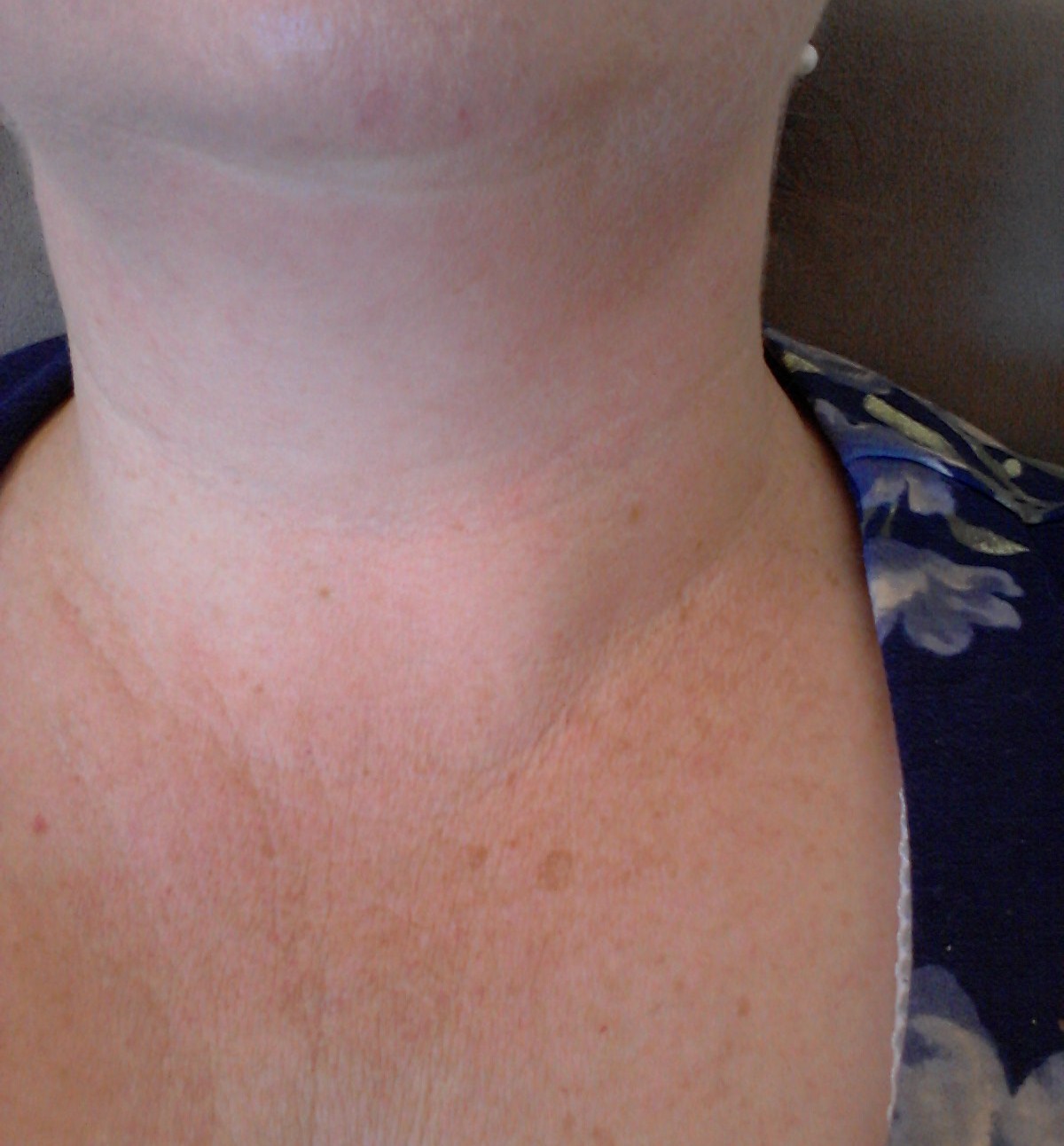

It can be done with or without ultrasound-guided needle biopsy.

An FNA is often done in your doctor’s office. A small needle is put into the mass and tissue is pulled out. Fine needle aspiration biopsy (FNA)-An FNA is the best initial test to diagnose a neck mass.There are different types of biopsies based on your medical history and the location of your mass, including: In addition, your doctor may order tests to help diagnose your neck mass, such as a CT, MRI, or PET (positron emission tomography) scan (if needed) to get a more detailed picture of the neck mass than normal X-rays can provide.Ī biopsy involves taking a sample of tissue from the neck mass to make a diagnosis. If a more detailed examination is required, the endoscopy will be performed in an operating room under anesthesia. They may perform (or recommend) an endoscopy, which is a procedure that inserts a small tube with an attached camera through your nose to look inside your throat, voice box, and the opening of your esophagus. Your doctor will ask about your medical history, and examine your head and neck. Your doctor will discuss any tests needed for diagnosing your neck mass and your follow-up care. It may not be cancer, but you need to be evaluated. If you have any of the head and neck symptoms listed above, in addition to the neck mass, you should see your doctor right away. You should also see a doctor if you are not sure how long you have had the neck mass because your neck mass may mean that you have a serious medical problem. This is a persistent neck mass, which means that the lump has not gone away. See your doctor and/or an ENT (ear, nose, and throat) specialist, or otolaryngologist, if the lump in your neck lasts longer than two to three weeks. Patients with HPV-positive HNSCC may have some of the symptoms listed here, but many times a neck mass will be the only sign of this type of cancer. HPV-related cancers often lack the common risk factors of tobacco and alcohol use, and tend to affect younger adults. HNSCC of the tonsil and base of the tongue has gone up because of the increase in HPV infections. HPV found in the mouth and throat is called “oral HPV.” Some high-risk types of oral HPV infection can cause head and neck cancers. HPV infection is usually transmitted sexually. Another common risk factor for cancers of the neck, throat, and mouth is a human papilloma virus (HPV) infection. Long-term tobacco use (cigarettes, cigars, chewing tobacco, or snuff) and alcohol use are the two most common causes of cancers of the mouth, throat, voice box, and tongue.
#Lump inside neck that moves skin#
Other causes for a neck mass may be due to cancers such as lymphoma, thyroid or salivary gland cancer, skin cancer, or cancer that has spread from somewhere else in the body. Cancerous neck masses in adults are most often due to head and neck squamous cell carcinoma (HNSCC).

Your neck mass could also be caused by a noncancerous (benign) tumor or a cancerous (malignant) tumor. If your neck mass is from an infection, it should go away completely when the infection goes away.

Ear or sinus infection, dental infection, strep throat, mumps, or a goiter may cause a neck mass. You may develop a neck mass due to a viral or bacterial infection. Neck masses are common in adults and can occur for many reasons.


 0 kommentar(er)
0 kommentar(er)
